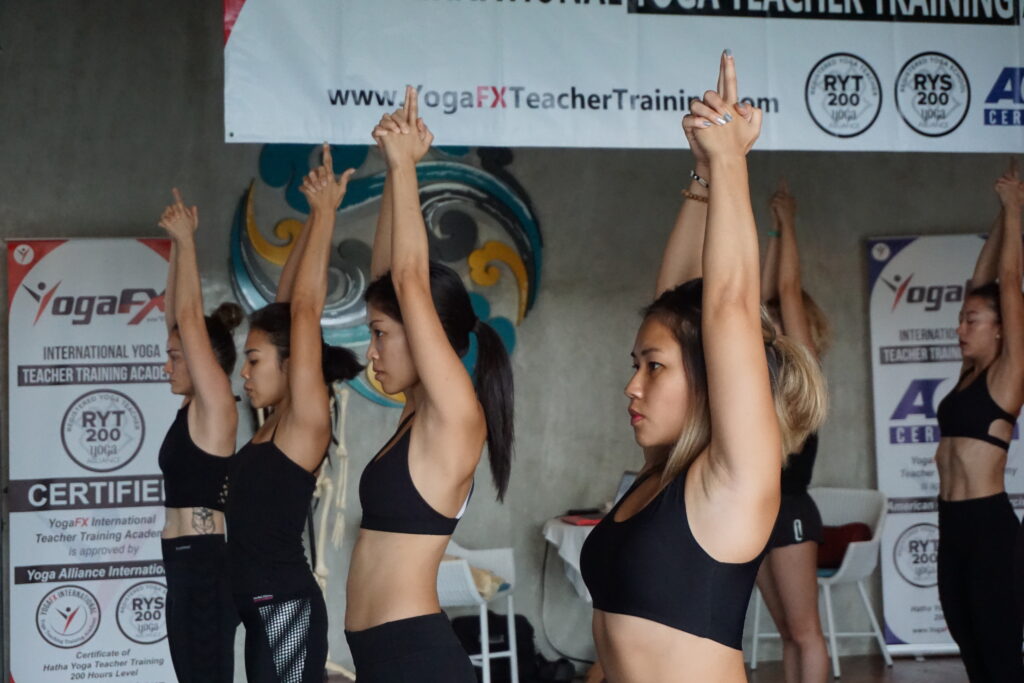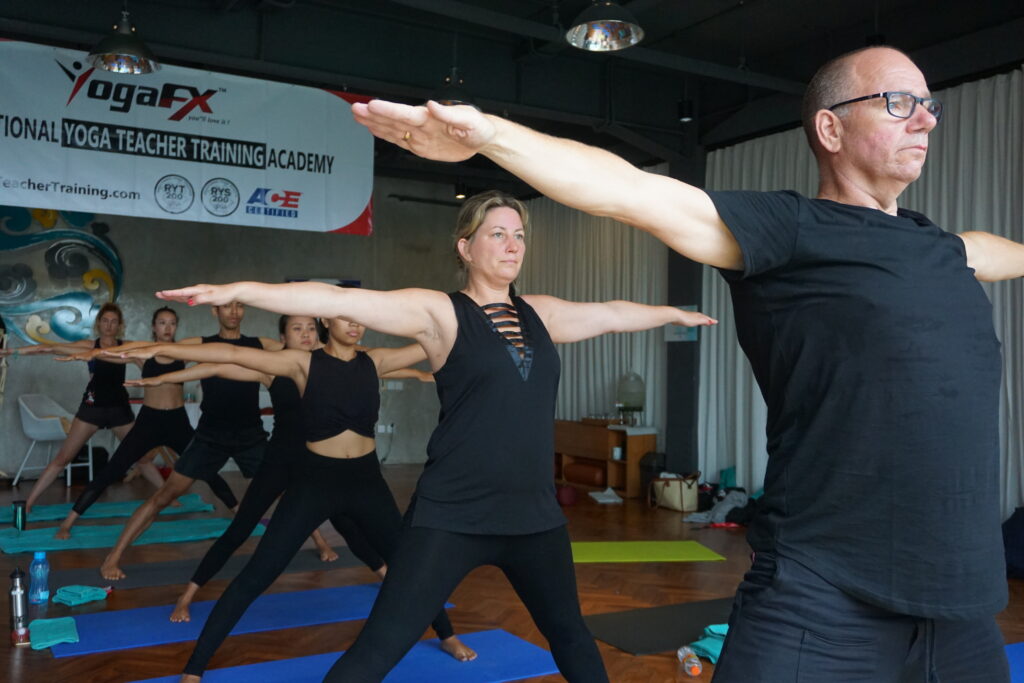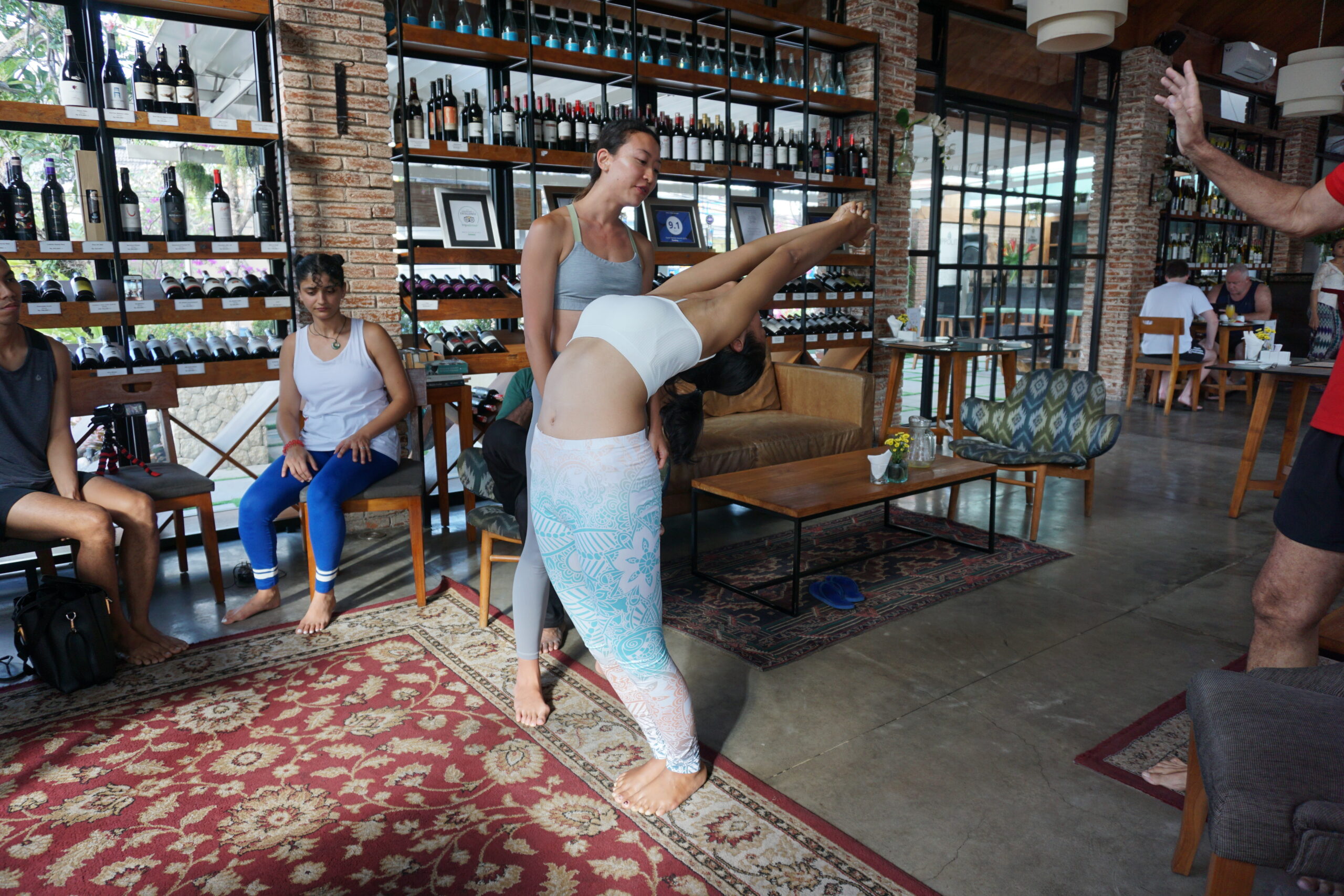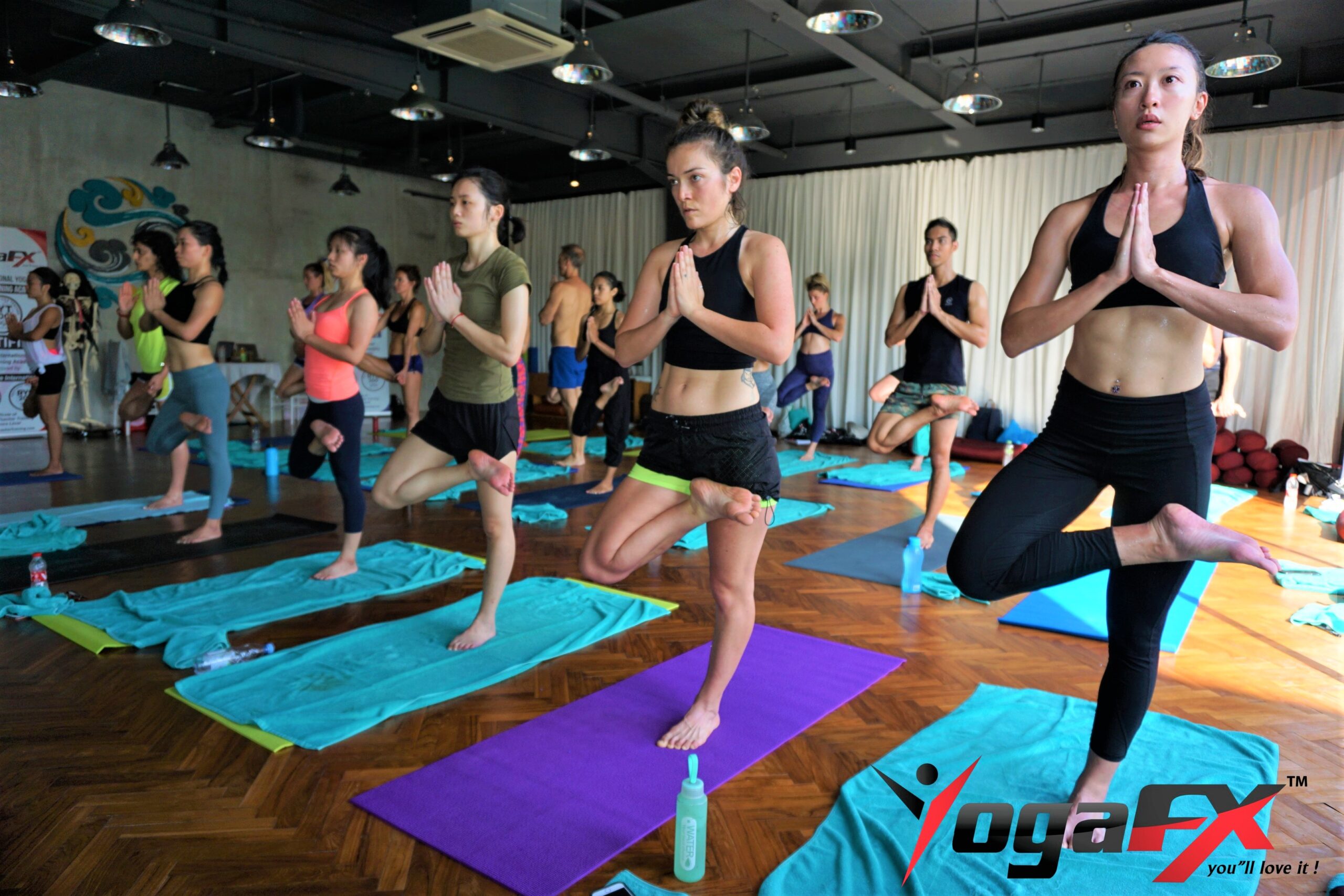Welcome, yoga enthusiasts and seekers of holistic well-being, to our blog dedicated to unravelling the fascinating world of Bikram Yoga posture! Whether you are a seasoned yogi or a curious beginner, this article will serve as a valuable guide to understanding the principles, benefits of Bikram posture.
Bikram Yoga, also known as Hot Yoga or 26 and 2 Yoga, is a dynamic form of yoga that consists of a specific sequence of 26 postures and two breathing exercises. What sets Bikram Yoga apart is its unique practice environment, typically conducted in a room heated to approximately 105 degrees Fahrenheit with a humidity level of 40%. This controlled environment facilitates deep stretching, increased flexibility, and enhanced detoxification of the body.

The Science Behind Bikram Yoga Posture
To fully appreciate the art of Bikram Yoga posture, it is important to understand the science behind it. The heated room environment plays a significant role in the practice. The elevated temperature allows the muscles to warm up quickly, increasing blood flow and promoting greater flexibility. The heat also helps to detoxify the body by inducing sweat, aiding in the release of toxins and impurities.
Moreover, the controlled heat challenges the practitioner’s endurance, mental focus, and discipline, leading to a heightened sense of concentration and inner strength. As the body becomes accustomed to the heat, the practice becomes a transformative experience, both physically and mentally.
“Don’t Let Fear Defraud You Of Your Future”
Understanding the 26 Bikram Yoga Posture
The Bikram Yoga sequence consists of 26 posture, each with its own unique benefits. Let’s explore some of the key postures and their significance:
1. Half Moon Pose (Ardha Chandrasana)
This standing pose strengthens the legs, core, and back muscles while improving balance and focus. It also stretches the side body, promoting better breathing and increased lung capacity.
2. Standing Bow Pulling Pose (Dandayamana Dhanurasana)
This pose improves flexibility in the shoulders, hips, and spine while strengthening the legs and core. It helps to open the chest and increase circulation.
3. Balancing Stick Pose (Tuladandasana)
A challenging balancing pose that strengthens the entire body, particularly the arms, shoulders, and core. It improves posture and concentration while developing stability and coordination.
4. Triangle Pose (Trikonasana):
This posture stretches the hamstrings, hips, and shoulders, while toning the legs and core. It also opens the chest and promotes spinal alignment.
5. Tree Pose (Vrikshasana)
A standing pose that cultivates balance, focus, and stability. It strengthens the legs and core while improving posture and concentration.

Mastering Alignment and Technique
Proper alignment is essential in Bikram Yoga posture to maximize the benefits and prevent injuries. During your practice, pay attention to the cues given by your instructor and focus on maintaining correct alignment. Engage your muscles, relax into the posture, and breathe deeply to allow the body to open up.
If you’re new to Bikram Yoga, consider attending a Hot Yoga Teacher Training or 26 and 2 Yoga Teacher Training program. These trainings provide in-depth knowledge of the postures, alignment techniques, and teaching methodologies, empowering you to guide others on their yoga journey.
The Mind-Body Connection in Bikram Posture
Bikram Yoga extends beyond the physical aspect, offering numerous mental and emotional benefits. The combination of the heated room, deep stretching, and focused breath work cultivates a profound mind-body connection. It promotes mindfulness, reducing stress and anxiety, and encourages a sense of inner calm and balance.
During the postures, focus on your breath and stay present in the moment. Allow yourself to let go of external distractions and connect with the sensations in your body. Notice how the practice enhances your self-awareness and brings a sense of peace and clarity to your mind.
Challenges and Precautions
While Bikram Yoga offers numerous benefits, it’s essential to approach the practice with caution and respect for your body’s limits. The heated environment can be intense, and it’s important to listen to your body, take breaks when needed, and stay hydrated throughout the class. If you have any medical conditions or concerns, consult with your healthcare provider before starting a Bikram Yoga practice.
Personal Stories and Testimonials
Countless individuals have experienced transformative journeys through the practice of Bikram Yoga posture. They have witnessed improvements in physical strength, flexibility, and mental well-being. Many practitioners have chosen to deepen their understanding by attending Bikram Yoga Teacher Training programs, where they have honed their skills and become instructors, sharing their passion for this powerful practice with others.
Conclusion
In conclusion, the art of Bikram Yoga posture offers a unique and transformative journey to balance, strength, and self-discovery. Through the 26 postures and two breathing exercises, practiced in a heated room environment, practitioners can unlock physical and mental benefits. As you delve into the world of Bikram Yoga, remember to honor your body, focus on alignment, and embrace the mind-body connection that this practice offers. Whether you choose to practice for personal growth or embark on a teaching path through Hot Yoga Teacher Training or 26 and 2 Yoga Teacher Training, the art of Bikram Yoga posture has the potential to enhance your well-being and deepen your connection to yourself and others. Embrace this beautiful practice and let it guide you on a remarkable journey of transformation.






